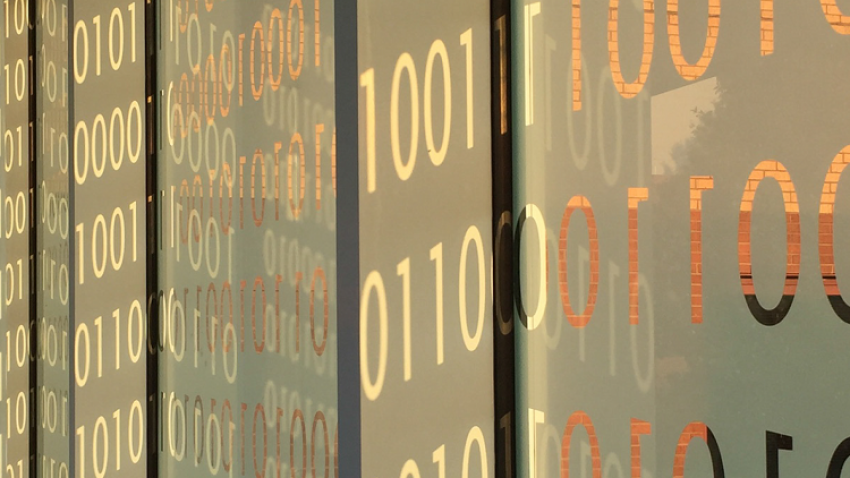
Georgia Tech Researchers Discover How to Measure Video Quality
Binge-watching TV is only fun if the video is clear, but a few pixelated minutes are enough to ruin a night. A team from Georgia Tech’s School of Computer Science (SCS) has been working with an internet service provider (ISP) to make the viewing experience better.
With video streaming making up more than 80 percent of all network traffic, customers, carriers, and content providers all care about video quality. ISPs and content providers measure this through a metric called quality of experience (QoE), which takes image quality, buffering, and startup delay into account.
“The quality of experience in video streaming directly translates to customer satisfaction and revenues for a company,” said Tarun Mangla, an SCS Ph.D. student on the team. “Figuring out QoE is the first problem you should tackle before improving it.”
Although most major streaming services – like Netflix, Hulu, and others – track QoE, they don’t share this data with ISPs. Moreover, these services have started using end-to-end encryption, severely limiting ISPs' view of network traffic. This is where SCS researchers can help. Instead of ISPs waiting for customers to complain about stalling videos, Tech researchers have found a way to use encrypted network traffic to estimate QoE for ISPs, enabling them to react sooner.
To determine the QoE for encrypted video, the researchers created eMIMIC, a methodology that looks at network traffic patterns in relation to how the video streams. video services use adaptive bitrates, in which media streaming quality is adjusted in real time to match a user’s bandwidth and device capability. This is achieved by dividing the video into chunks, encoding each chunk into quality levels, and dynamically adapting chunk quality in response to changing user conditions.
The researchers developed a model that uses the network traffic to simulate how a typical streaming service session runs and estimate its QoE. The researchers show that their method works for a variety of streaming services and outperforms state-of-the-art QoE inference approaches, giving ISPs a more accurate view of customer experience.
Measuring QoE is only the start of the research. Next the researchers want to determine whether a QoE error is the operator’s responsibility or a client or service error. If it is the operator’s problem, the researchers will work on improving the operator’s network by putting in policies that can adapt to whatever the issue is. Once ISPs have a better understanding of what the problem is and where it’s coming from, they can work to ensure a user’s viewing experience is consistent and clear. In other words, buffering will be a problem of the past.
Mangla presented the work in the paper eMIMIC: Estimating HTTP-based Video QoE Metrics from Encrypted Network Traffic, coauthored with Emir Halepovic, who is a principal inventive scientist at AT&T, and SCS Professors Mostafa Ammar and Ellen Zegura. The team won the best paper award at IEEE/IFIP Conference on Traffic Measurement and Analysis in Vienna, Austria, in June.
As computing revolutionizes research in science and engineering disciplines and drives industry innovation, Georgia Tech leads the way, ranking as a top-tier destination for undergraduate computer science (CS) education. Read more about the college's commitment:… https://t.co/9e5udNwuuD pic.twitter.com/MZ6KU9gpF3
— Georgia Tech Computing (@gtcomputing) September 24, 2024


